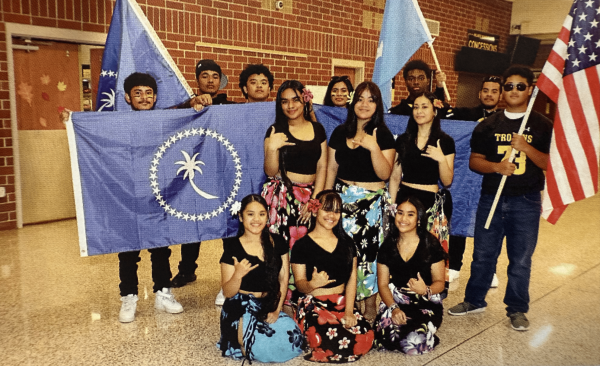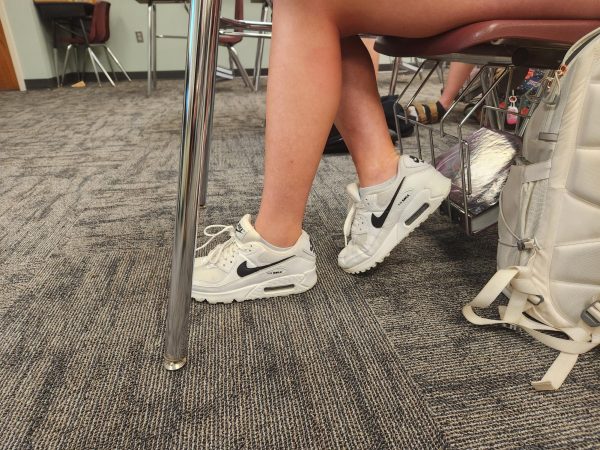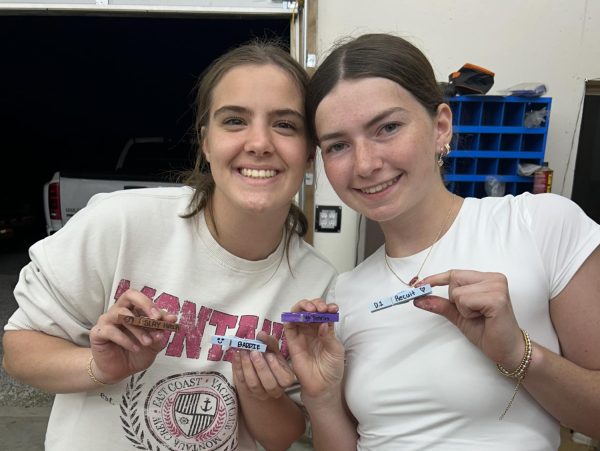Four Years of Spanish: is it Enough?

Spanish is the second most spoken language in the world. High schools in America teach it as an elective, but the class is not required in most states. Even so, lots of students decide to take it to help them raise their GPA or just for fun.
Atlantic High School has two Spanish teachers, Daniel Vargason and Trisha Niceswanger, but they’re not the only ones who are able to speak it. Chemistry teacher Jedd Sherman and Language Arts teacher Rachelle Lipp are others that took Spanish during college.
Learning a foreign language is difficult, but according to Vargason and Niceswanger, Spanish isn’t very hard. “I think compared to other languages it isn’t. Cognates really makes them work easier,” Niceswanger said. The vowel sounds, which are pretty “easy” according to her are the thing her students struggle the most with. “They want to use the English pronunciation instead of the Spanish pronunciation,” she said. On the other hand, Vargason thinks sentence structure is the most difficult thing to learn. “Things get flipped around in the two languages and that can be confusing,” he said. Senior Shelby Pelzer thinks that Spanish hard and schools should start teaching it at a younger age. “I think the hardest part is conjugating words in your head and thinking what ending to put to them,” Pelzer said.
The time it takes to learn Spanish varies. “I took Spanish during my last year of college, it was a basic Spanish course, then I got a job at a bank for 5 years, I worked with “’hispanohablantes (Spanish speakers),’” Sherman said, making use of his Spanish. He then explained that from his experience, it only takes a year to learn the language, but claiming that if you don’t practice it at home, you won’t get better at it. Practicing is the “key” to learn a foreign language according Sherman. “You need to develop listening skills and place yourself in situations where you can use the language,” Sherman said.
On the other hand, Vargason and Niceswanger agreed that it takes longer to learn Spanish. “I would say it takes close to 8 to 10 years, that is if you live in the United States. I recommend for anyone who wants to learn it to go to a Spanish speaking country,” Vargason said. Senior Kole Schmitt, who has been to the state of Veracruz, Mexico and Costa Rica agrees that the easiest way to learn Spanish is to go abroad and talk to native speakers. “It might depend on how much per day is dedicated, fluent is a tricky word, it takes a couple years to have a solid understanding of the language.” Niceswanger said. “Reviewing the material in multiple ways really helps, listening to music and watching shows, the best thing is to study abroad, their level of Spanish is intimidating but that’s a solid method of learning,” she said. “Students are going to benefit from knowing a second language especially if it’s Spanish.”
After taking Spanish for four years during high school, nobody graduates speaking the language fluently. “Some come out with a very strong understanding of the language, but for example if there’s 100 students in Spanish I, there’s going to be less in Spanish II, then less in Spanish III, and a few in Spanish IV,” Niceswanger said. According to Vargason the majority of students that pass Spanish IV should be able to speak it at a high level and have full sentence conversations.







